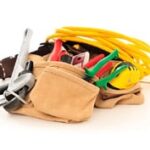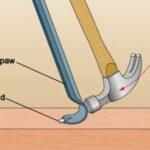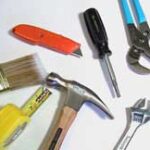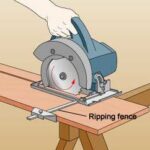Expert advice on how to magnetize a screwdriver so screws are attracted to its tip. Includes info on the type of magnet you’ll need.
1. Gather the materials
2. Prepare your workspace
3. Determine the magnetization direction
4. Stroke the magnet along the screwdriver
5. Test the magnetized screwdriver
When using a screwdriver, it’s incredibly handy if the screwdriver is magnetized. Whether on a manual screwdriver or a bit mounted in a power drill, a magnetic screwdriver tip attracts and holds screws securely, making it much easier to position and drive them. This is especially true if you’re driving very small screws that are difficult to hold onto with your fingertips.
Some types of screwdrivers and bits are pre-magnetized by the manufacturer, but most are not. But not to worry! Fortunately, it’s very easy to magnetize a screwdriver yourself. In the steps that follow, we’ll show you how.
Note: If you have kids, this is a fun project to do with them!
1. Gather the materials
For this job, you’ll need:
- A manual screwdriver or screwdriver tip with a steel shaft
- A moderate strength “neodymium” magnet, also called a “rare-earth magnet.” You can buy these online through retailers such as Amazon or Ebay, or through specialty magnet retailers. Magnets are also generally available at hardware stores.
2. Prepare your workspace
Plan to work on a clean, clutter-free surface that’s free of any metallic objects that could interfere with this process.
Pro Tip: A great addition to any workbench are magnetic bowls. These handy items—which you can readily find online for under $10—are indispensable when working with small screws or other hardware that you can’t afford to lose.
3. Determine the magnetization direction
Magnetization has polarity—meaning one side of the magnetized object will pull metallic objects toward it, while the other side pushes them away—so you’ll need to figure out the direction you want the magnet to pull. For general DIY work, the best direction to magnetize a screwdriver or screwdriver tip is in line with the screwdriver shaft. This will magnetize the length of the shaft and concentrate the magnetization at the tip, where you want it to have the highest attraction.
4. Stroke the magnet along the screwdriver
Firmly hold the rare-earth magnet against the screwdriver shaft. Starting near the handle in the case of a manual screwdriver—or at the butt end of the screwdriver tip—apply gentle pressure and stroke the magnet 10 to 15 times along the screwdriver’s length, moving toward the tip only. Do not slide the magnet back and forth along the screwdriver shaft—this can weaken the magnetization.
5. Test the magnetized screwdriver
Bring the magnetized tip close to some small screws or metal objects and see if it attracts them. If it does, you’ve succeeded!
Note: To avoid accidentally damaging objects like credit cards or electronic devices, avoid using your magnetized screwdriver or the magnet near them.
Does a magnetized screwdriver last forever?
Unfortunately, no. But once magnetized, a screwdriver shaft can hold all or part of that charge for months or years—depending on the screwdriver and magnet used in the magnetizing process. But just repeat the above steps if the charge starts to weaken.



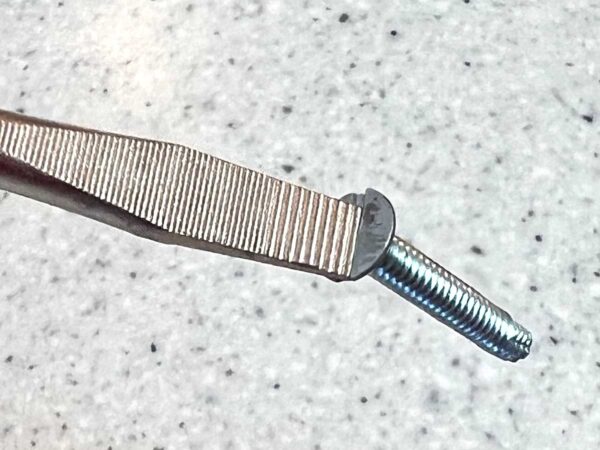
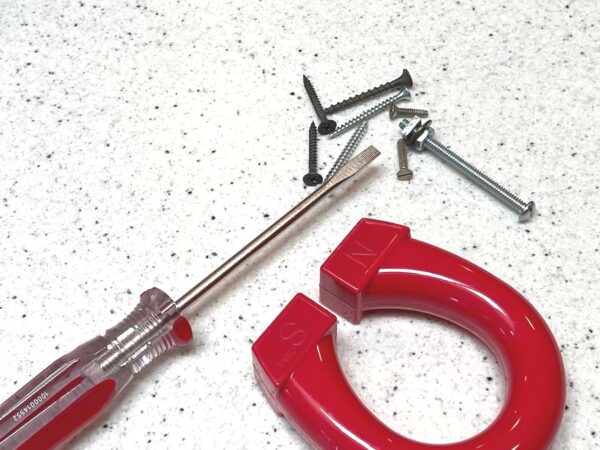
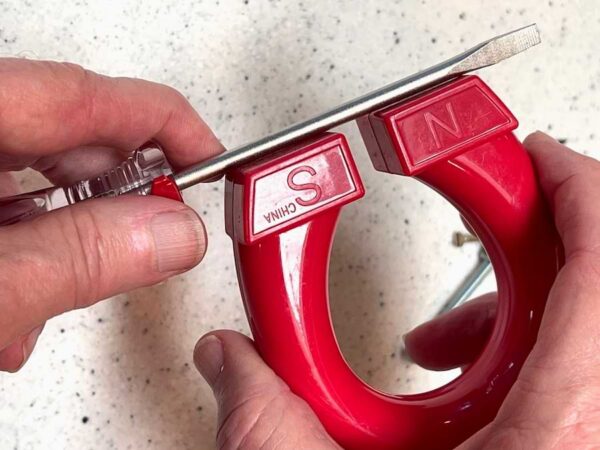
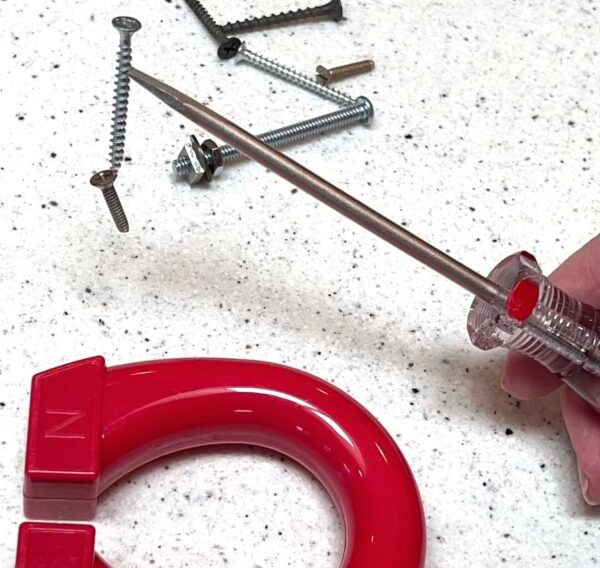
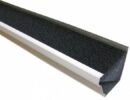

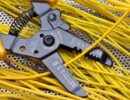

 Don Vandervort writes or edits every article at HomeTips. Don has:
Don Vandervort writes or edits every article at HomeTips. Don has:
